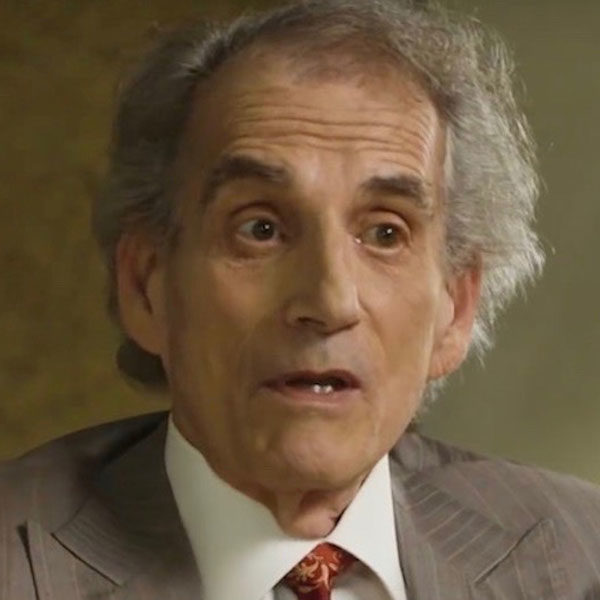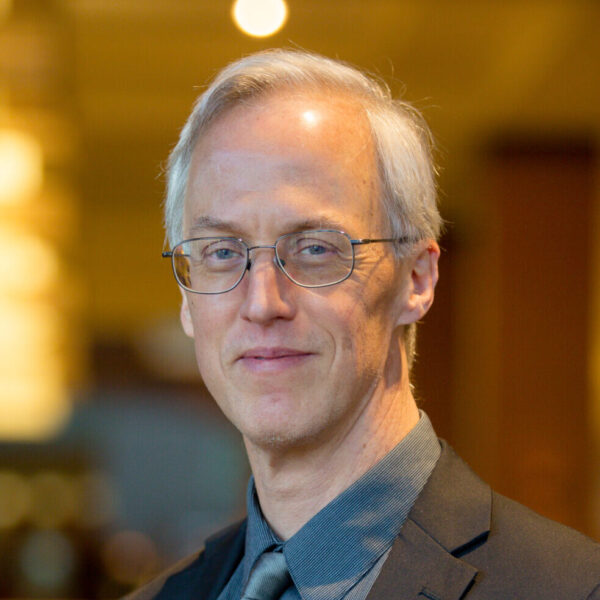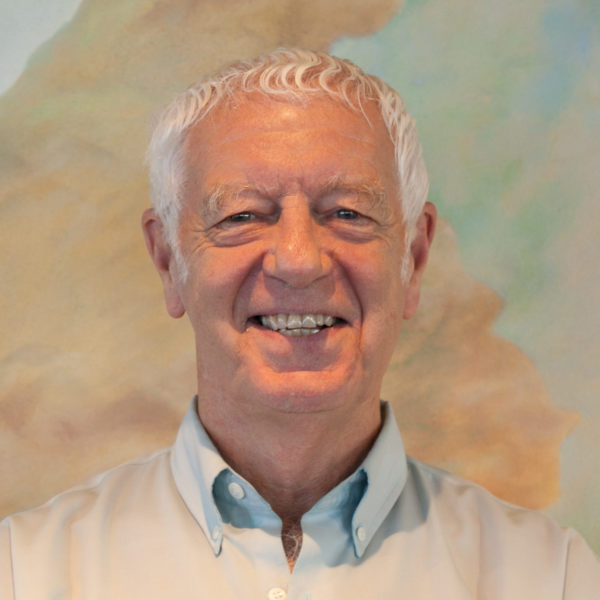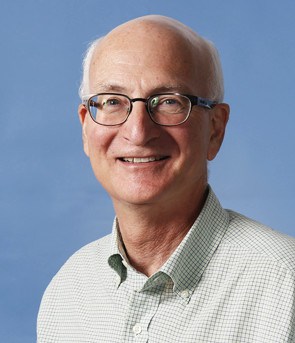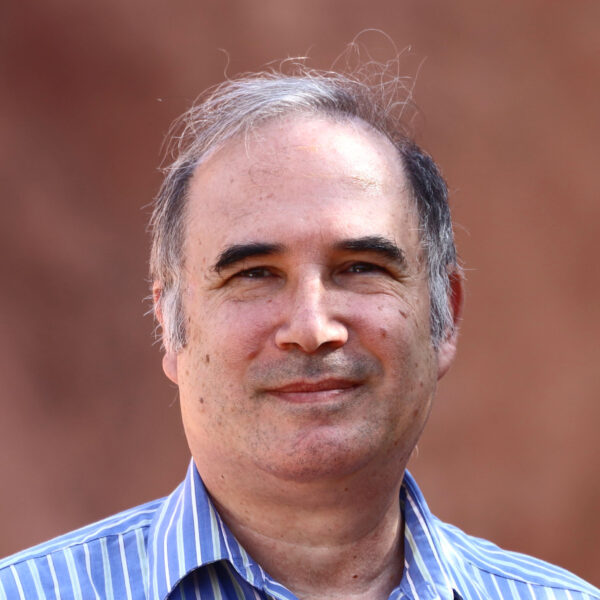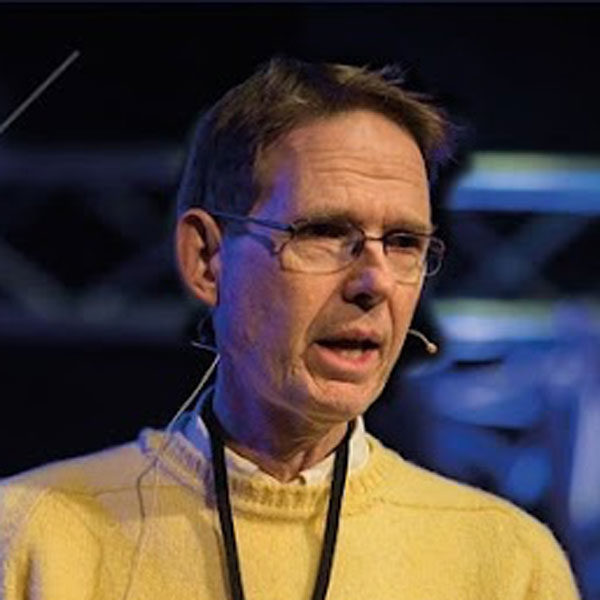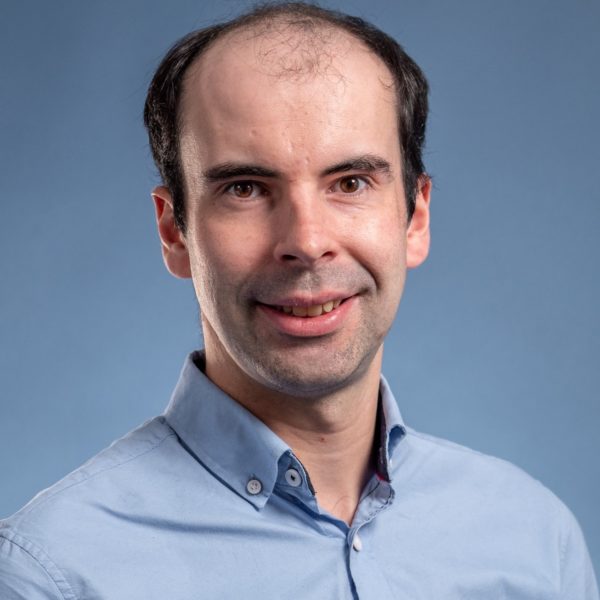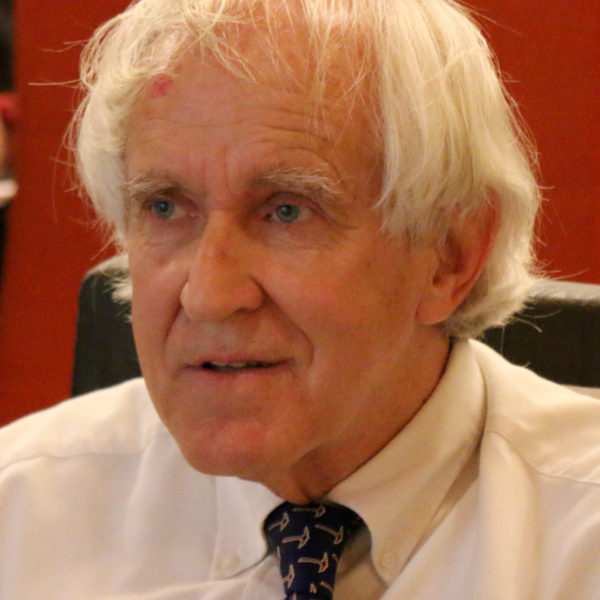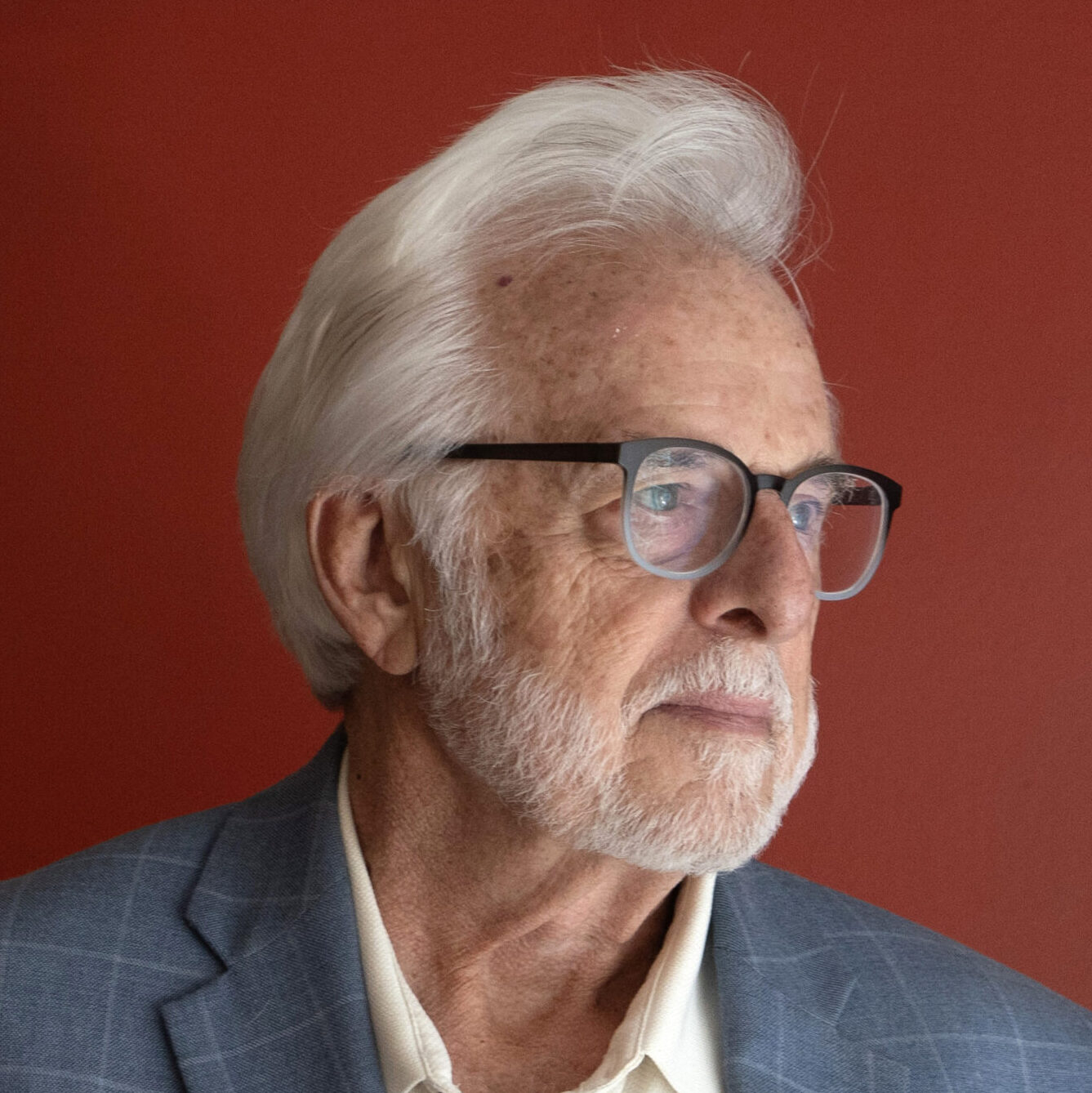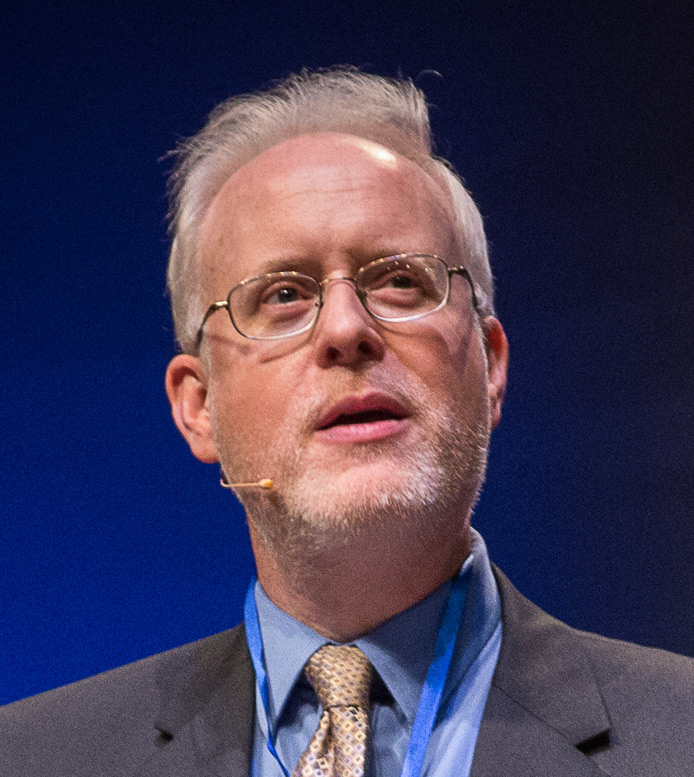In a recent episode of the Mind Matters News podcast, host Pat Flynn sat down with professor of computer science and cognitive science Selmer Bringsjord to discuss one of humanity’s most enduring questions: What are we, really?
Are human beings merely physical organisms, or is there something fundamentally non-physical about the mind? Drawing on classical philosophy and modern artificial intelligence (AI), Bringsjord argues that true human understanding points beyond the physical.
Bringsjord’s reflections, captured in his essay “Mathematical Objects Are Non-Physical, and You Are Too” in Minding the Brain (Discovery Institute Press 2023), offer a rigorous argument for why the human intellect cannot be reduced to brain processes or computational mechanics.
From Chisholm to Cognitive Science
Bringsjord’s journey began at Brown University, where he studied under renowned philosopher Roderick Chisholm (1916‒1999). Following in the intellectual footsteps of his own mentor James F. Ross (1931‒2010), Chisholm foresaw that logic, cognitive science, and artificial intelligence would increasingly intersect with philosophy. He encouraged Bringsjord to explore these connections.
That advice proved prophetic. The rapid rise of AI and computational models of thought has only sharpened our age-old questions about the nature of understanding. As Bringsjord explains, his own philosophical journey was animated by a simple but profound inquiry: If we truly understand mathematical and logical objects, what kind of beings must we be?
Why Understanding Is Non-Physical
Bringsjord’s argument proceeds in a chain of reasoning, a chain of three steps:
1. Understanding is non-physical.
When we grasp an abstract concept like triangularity, our understanding transcends any specific physical representation. Every triangle you can draw is imperfect; yet our intellect apprehends the universal concept of triangularity with precision. Similarly, when we understand a mathematical algorithm like Quicksort, our comprehension goes beyond the code, diagrams, or computer programs that physically embody it.
2. The objects of thought are non-physical.
Concepts such as triangularity, mathematical algorithms, or logical principles like modus tollens exist independently of any material instance. They are not reducible to neurons firing or symbols printed on a page.
3. Therefore, the thinker is non-physical.
If humans can genuinely understand non-physical objects, the faculty doing the understanding — the intellect — cannot itself be merely physical. As Bringsjord emphasizes, this proposition does not deny that humans have bodies and brains. Instead, it asserts that the person, the reasoning and understanding subject, transcends the purely material.
This “luminous thread of thought,” as Flynn called it, stretches back to Aristotle (384–322 BC) and Thomas Aquinas (1225–1274). Their metaphysical frameworks distinguished between perceptual images (tied to the senses) and conceptual understanding (which apprehends universals and immaterial forms).
Searle’s Chinese Room and the Limits of AI
To illustrate the difference between mere symbol manipulation, which is what AI does, and genuine understanding, Bringsjord invoked John Searle’s Chinese Room argument — a 1980 thought experiment that shook the AI community.
Searle imagined himself inside a locked room, following a rulebook for manipulating Chinese symbols. To outside observers, the responses he produced would appear to demonstrate understanding of Chinese—but in truth, he would understand nothing. The thought experiment illustrates that computation alone does not yield comprehension.
This lesson, Bringsjord argues, remains just as relevant in the age of “generative AI.” These systems process enormous amounts of data and produce convincing outputs, but they do not grasp the meaning of the concepts they manipulate.
For instance, a language model may produce the definition of a triangle, but it does not understand triangularity.
The distinction between imagination and understanding is crucial here. Humans can imagine a specific triangle but can also understand triangularity as a universal, or even conceptualize shapes like a trillion-sided polygon that defy visualization. Current AI lacks this kind of non-physical apprehension.
Philosophy Meets Modern AI
Bringsjord situates his argument within a long philosophical tradition that challenges reductive physicalism — the idea that all mental phenomena can be explained in purely material terms. While Searle himself was not a classical dualist, his arguments against computationalism — the theory that the human mind operates like a computer — provide powerful support for the claim that understanding cannot be reduced to physical processes.
Flynn and Bringsjord also touched on the cultural implications of AI. As machines become more behaviorally sophisticated, some people may begin to treat them as conscious — or even revere them — despite their lack of genuine understanding. This reaction, Bringsjord suggested, would ironically echo Aristotelian notions of “form induction,” even if the public remains unaware of the philosophical underpinnings.
Looking Ahead: Free Will and Machines
In the latter part of the conversation, Bringsjord shared updates on his ongoing research projects:
- Exploring the nature of mathematical and logical objects in the context of machine reasoning.
- Investigating AI and free will, inspired by computer scientist John McCarthy, who once argued that robots might achieve a limited form of free will. Bringsjord is exploring how close real-world AI engineering can come to this idea, while maintaining that machine “freedom” would always fall short of human free will.
- Bridging philosophy and computation, continuing the path Chisholm recommended: philosophers who speak on AI should deeply understand the technical foundations of the field.
At age 65, Bringsjord shows no signs of slowing down. He remains committed to exploring the deep questions at the intersection of logic, mathematics, and AI — questions that probe the very nature of mind and reality.
Cross-posted at Mind Matters News.



